Interior design is constantly evolving, with new and exciting styles emerging all the time. This means furniture design and style is evolving too. Good furniture is an essential part of any living space and it’s important to match it to the room style you’re trying to achieve. Your sofa should be a relaxing, comfortable place to sit, but it can also be a stunning centrepiece!
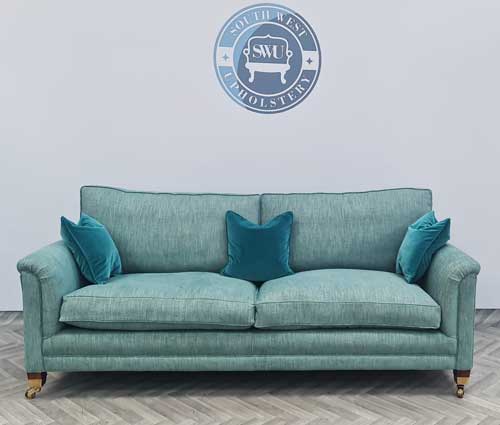
As furniture is such a key element of a room, we’ve put together 5 very different but very effective interior styles for you to consider. We’ll cover what defines those styles, but also what you can expect from furniture in that style. Then you’ll be well equipped to go out and look for your dream suite! Or, just have a chat with us and we can build something bespoke for you. You can find out more about our bespoke furniture services by clicking here.
Don’t forget: we’re experts at restoring your old furniture. So, if yours has seen better days, then consider having it reupholstered. It may well still have plenty of life left in it! If you like any of the styles you see here, then why not have a chat with us and find out how we can help you bring that same style to your home? Simply get in touch and discuss your exact requirements. We’ll be happy to help!
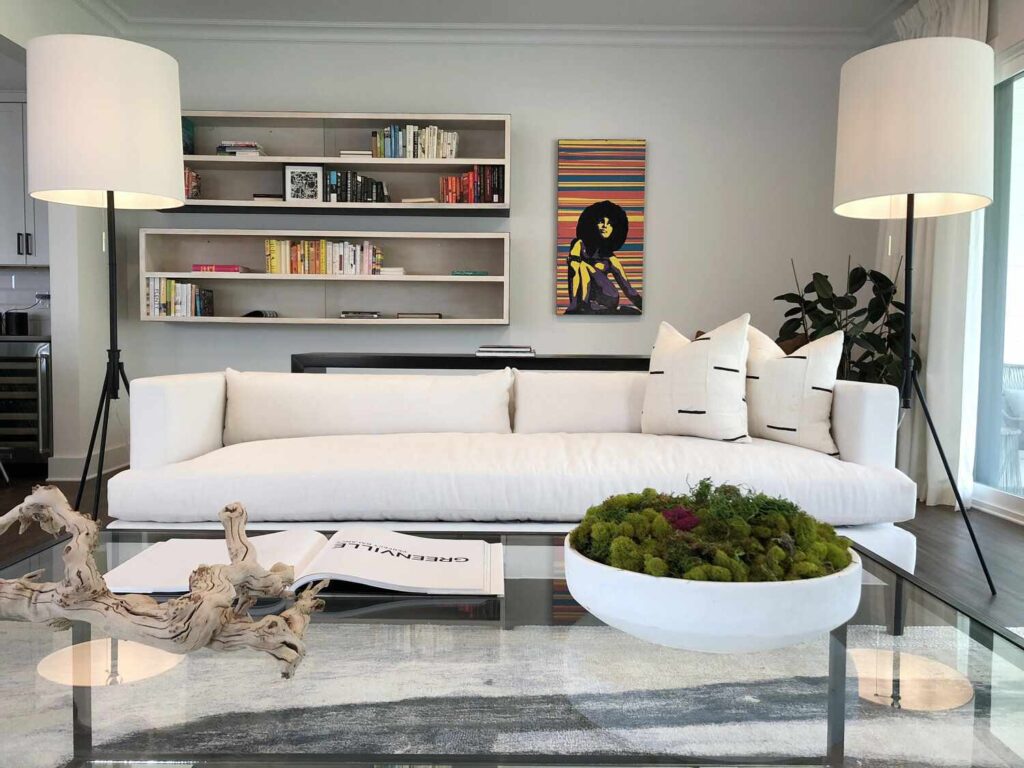
Contemporary design is probably the most popular style today and it’s ever evolving. This is because ‘contemporary’ refers to anything that is relevant in the present. Whilst some styles are reminiscent of a particular time in history, contemporary design is always very much ‘in the moment’. It borrows from a number of periods, creating a timeless look.
Current contemporary design aims to create a sleek and simple space. Making the most of the space available is also a common theme. Small details, such as mouldings on walls and ceilings, are used to add subtle details. The aim is generally to create an open layout to give a lighter feel to a room.
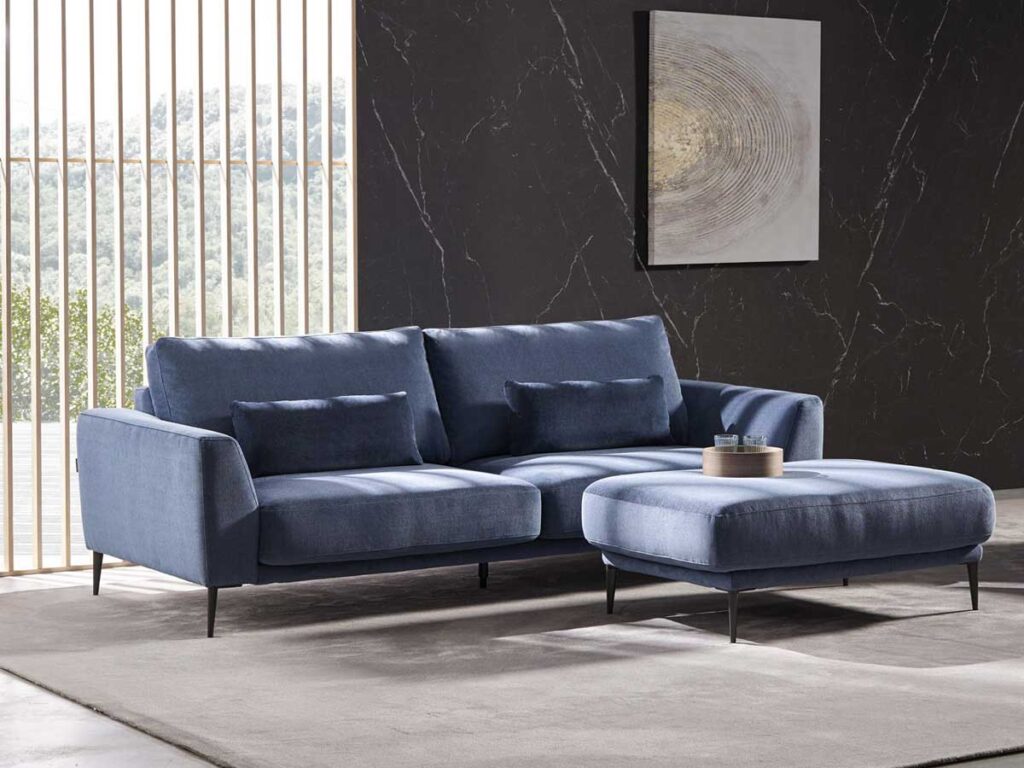
Typical contemporary furniture tends to show exposed legs and use clean lines for a lighter feel. In pieces such as sideboards and tables, materials like glass and metal are often used for their ability to reflect light. Neutral colour palettes are common, but are paired with textured fabrics for additional detail.
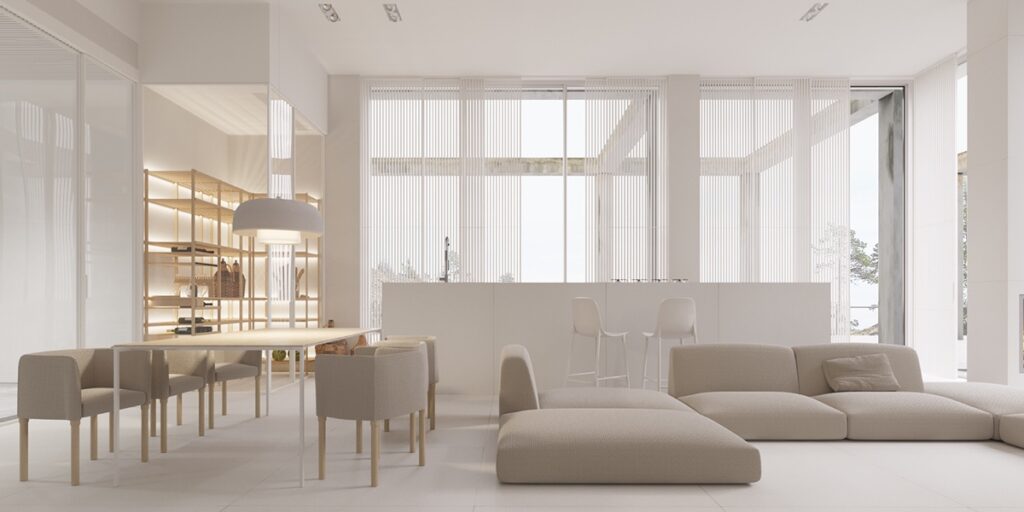
Minimalist interior design and contemporary design have many common traits. Both use clean lines and simple finishes and both avoid overly complicated forms. Where they differ is in their inspirations and concepts. The minimalist style is inspired by Japanese design concepts and focusses on the principle that less is more. This means a minimalist interior often has lots of empty space.
Most minimalist colour schemes are neutral but occasionally a primary colour is used as an accent. Patterns are rarely used but furniture fabrics are often textured to add additional design elements.
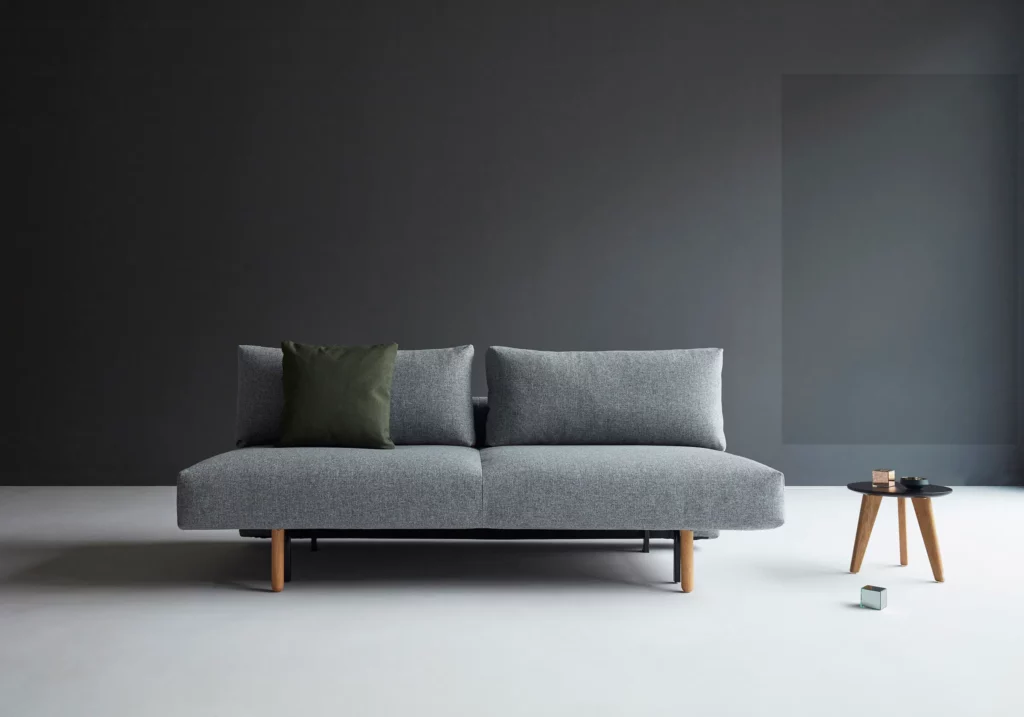
Minimalist furniture echoes the core principle of the style; less is more. Functional furniture is commonplace and often forms an essential part of the design concept. Storage is incredibly important in order to keep the space clean and as empty as possible. Because of this, minimalist furniture often doubles as hidden storage and smart solutions are implemented to make this happen. Common examples include tables that fold up to reveal hidden storage and sofas with drawers that pull out so items can be stored out of sight.
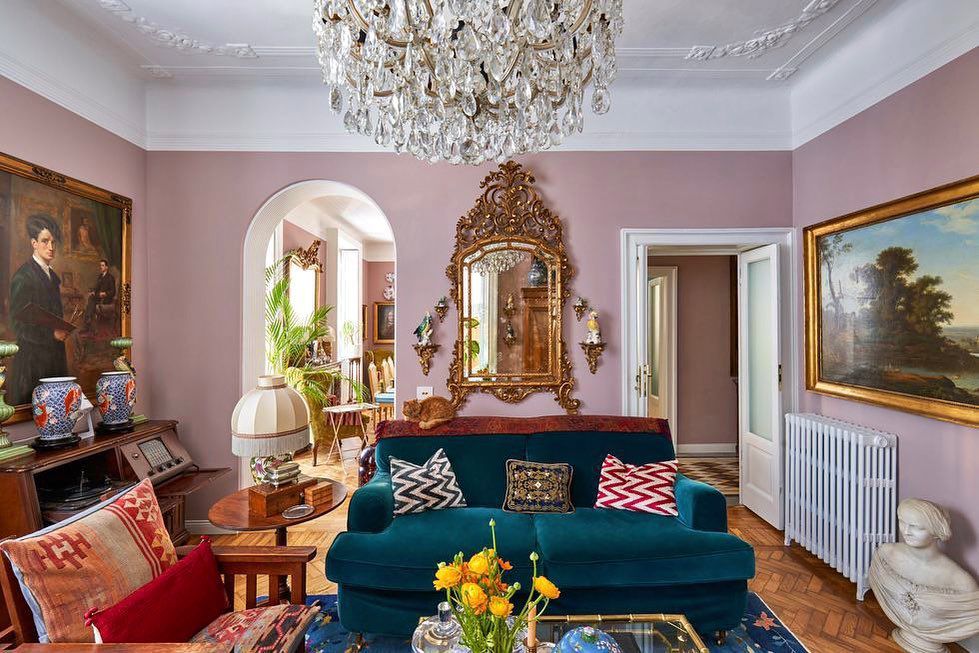
As the name suggests, maximalist interior design is essentially the complete opposite of minimalist! Whereas, with minimalist, less is more, with maximalist, more is most definitely more! This doesn’t mean that it’s a messy style though. There’s a close line between extravagance and overexuberance, and Maximalist design walks it perfectly. It’s just as carefully thought out and curated as any other style, but focusses on the desire to express oneself through big, bold colours and textures.
The maximalist style has roots in the Victorian era. However, the driving force behind it has been around for much longer than that; the desire to display the things we love. For a long time it was a style of interior design that was only accessible to those that were very wealthy. Huge crystal chandeliers and ornate plaster mouldings were common, as well as furniture made from exotic and extravagant materials. In the modern day, though, almost anyone can achieve the maximalist look.
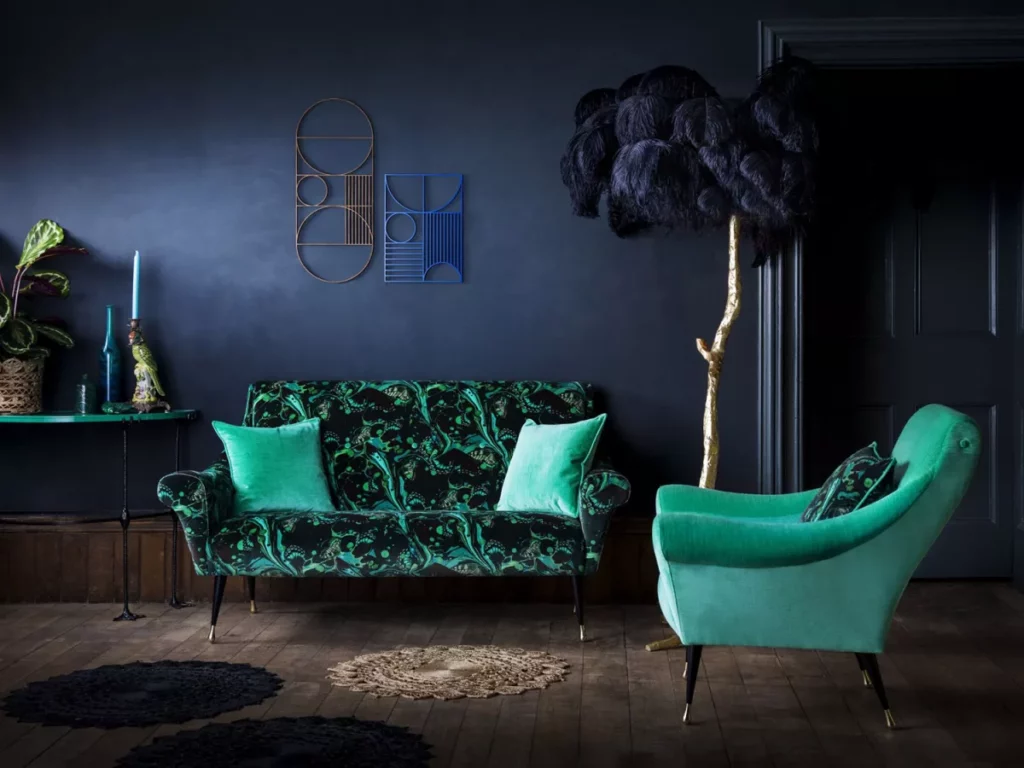
Nowadays, maximalism in design is less about making a statement and more about creating a fun space that’s enjoyable to be in. Colours tend to be very bold and bright, often contrasting with one another. Patterns are especially popular, with animal print, geometric and floral design all making regular appearances. Sofas and chairs are upholstered in vibrant fabric and are sometimes patterned themselves or adorned with cushions for additional expression.
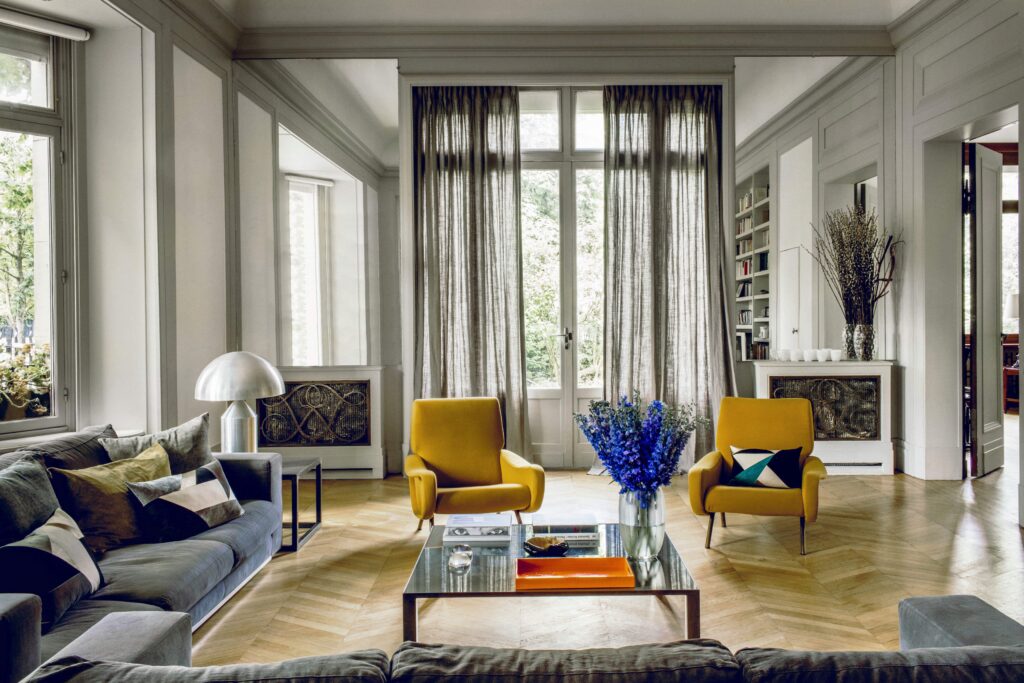
Art Deco is undoubtedly one of the most recognised styles around today. It’s iconic and has become a timeless look that is still very popular. It originated in France but really took hold in the UK during the 1920s. Art Deco design was heavily influenced by the industrial revolution and many of the materials and features used have an industrial feel to them. Metal was an especially popular material of choice during the original Art Deco movement.
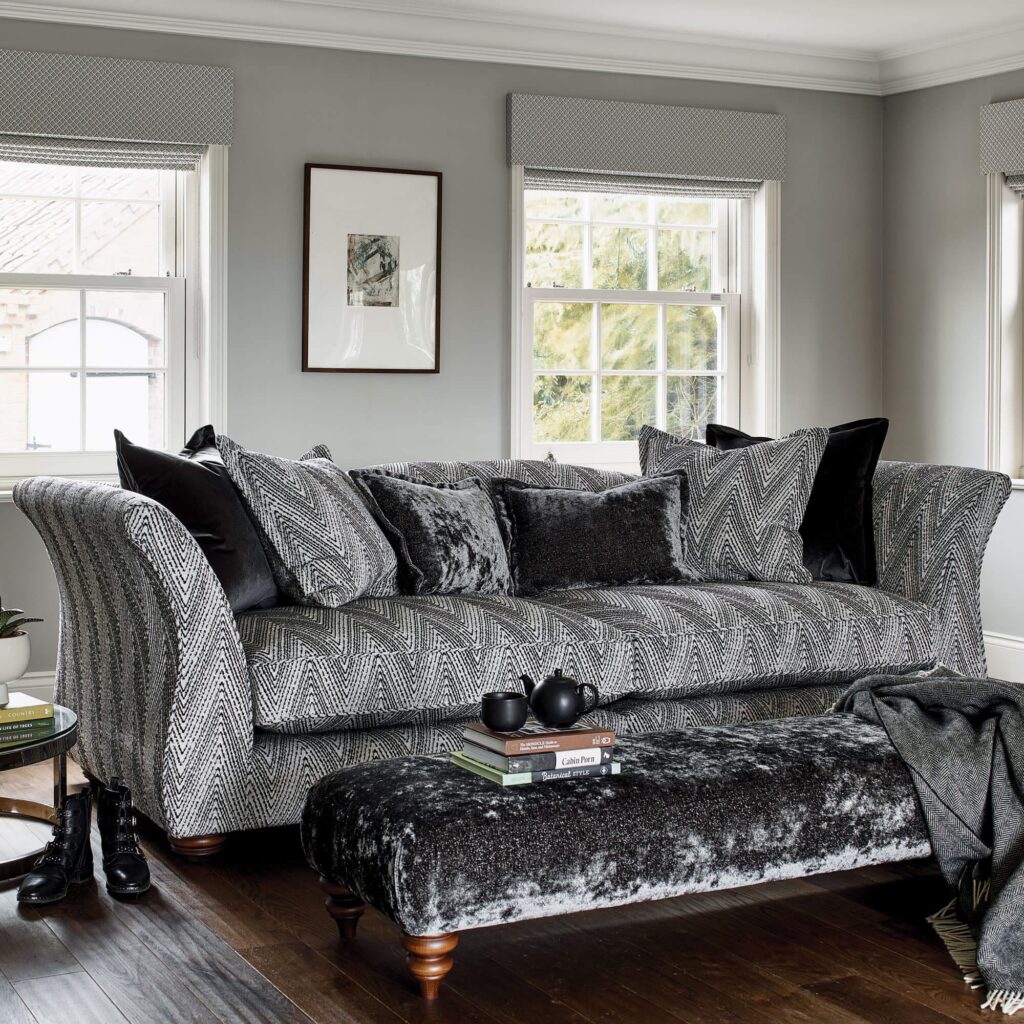
It’s easy to identify Art Deco pieces from their straight lines, jagged edges and pointed corners. Oversized furniture is common, as a heavy geometric influence. Fabrics are often vibrantly coloured but the pieces themselves are usually streamlined, with sleek forms. Often Triangular, trapezoid or zigzag patterns are also used.
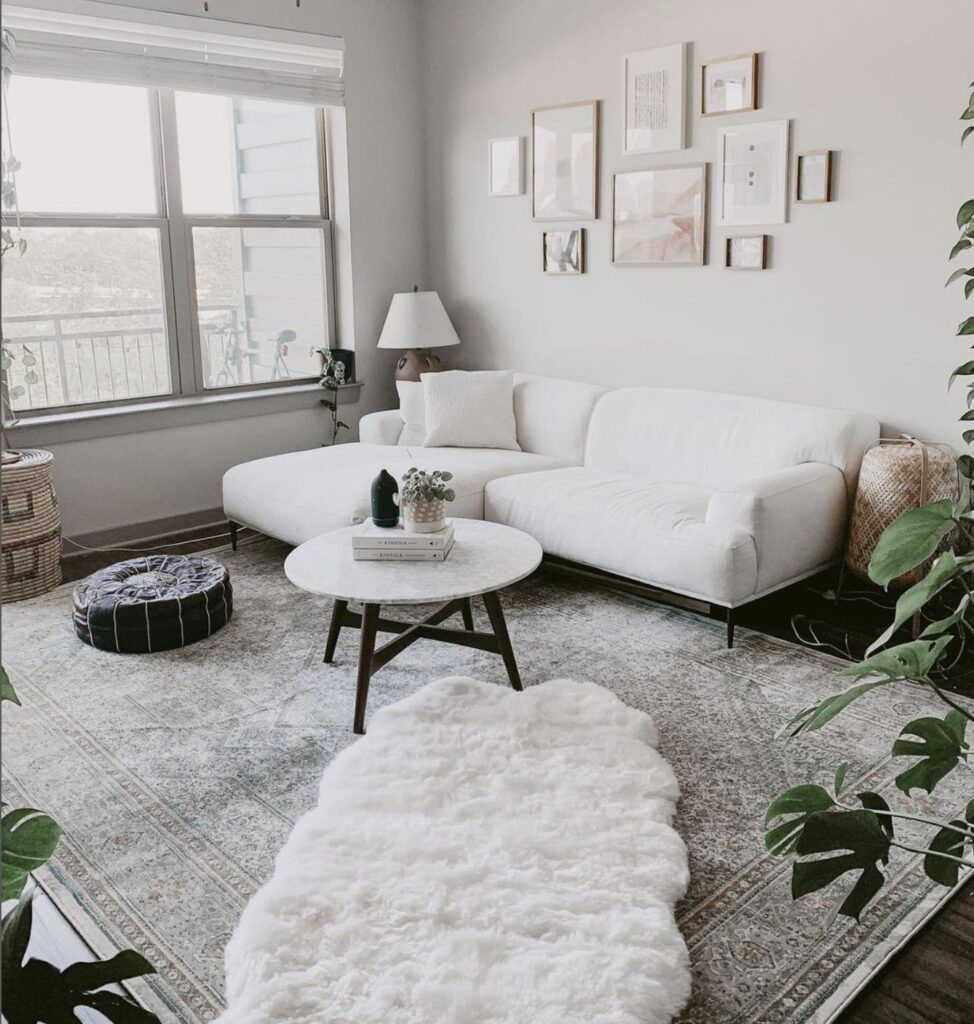
Our final style is a little less known, but is still highly popular in its own right and instantly recognisable! The Scandinavian interior design movement originated in the early 20th century and brought together both old and new styled from countries such as Sweden, Finland and Denmark. It was influenced by industrialisation, however this came later in Scandinavia than in other areas of Europe. Scandinavian design reflects both modern and traditional craftsmanship for this reason.
The style is minimal yet functional and offers affordable craftsmanship. The driving principle is to bring helpful design elements to the everyday, improve daily life and do so affordably. Scandinavian interiors offer beautiful spaces that are practical too.
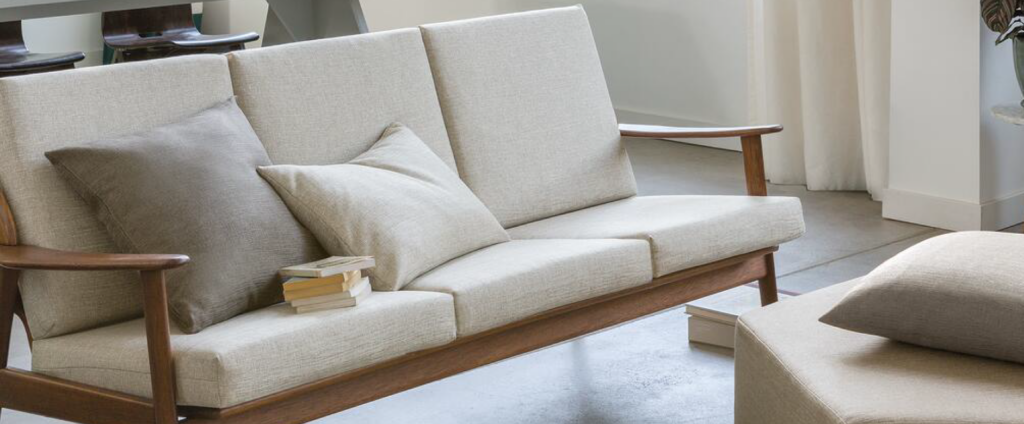
Scandinavian furniture tends towards simple, yet effective designs. Historically, resources in countries such as Norway and Finland (where the movement began) were scarce and had to be maximised wherever possible. Furniture pieces tend to incorporate plenty of natural materials such as wood (especially lighter colour timbers such as ash and pine) and natural fibres like linen, jute and burlap. Palettes are usually neutral, with an occasional burst of colour to add light. Sticking to true Scandinavian design principles is a great choice if you’re trying to be eco-friendly, as many materials are produced sustainably from natural sources.
We hope this guide provided you with some inspiration for your next home project! Which is your favourite interior design style? If it wasn’t featured here, then please do get in touch with your own views.
For bespoke pieces or restorations in these styles, or any others, just get in touch with your requirements. We can’t wait to transform your furniture!
Scan the code to WhatsApp us!